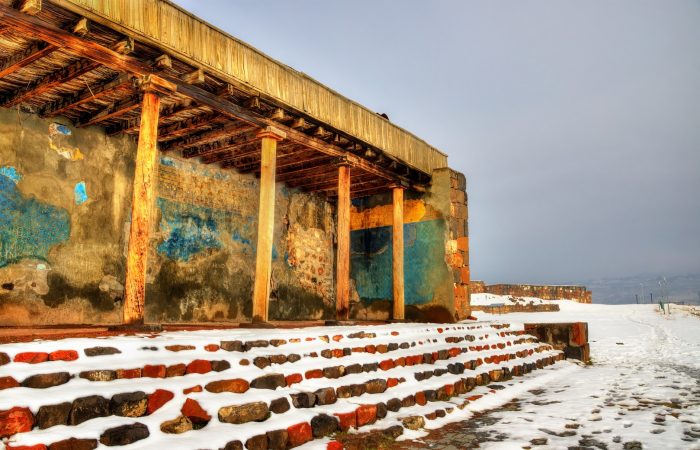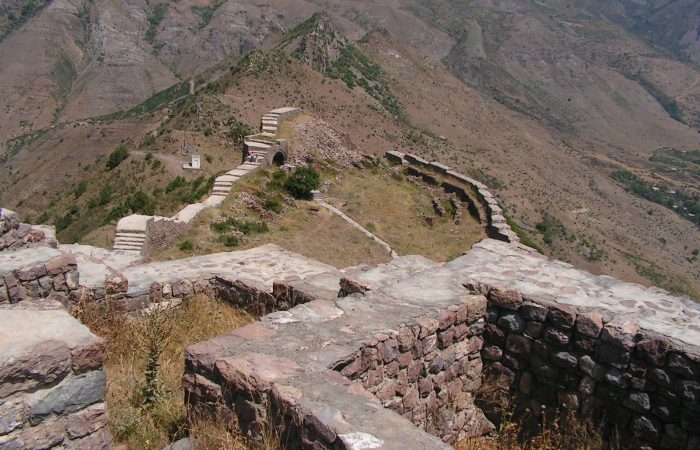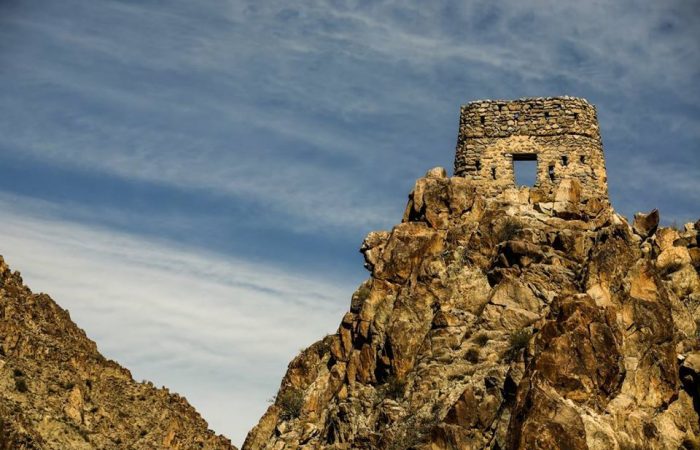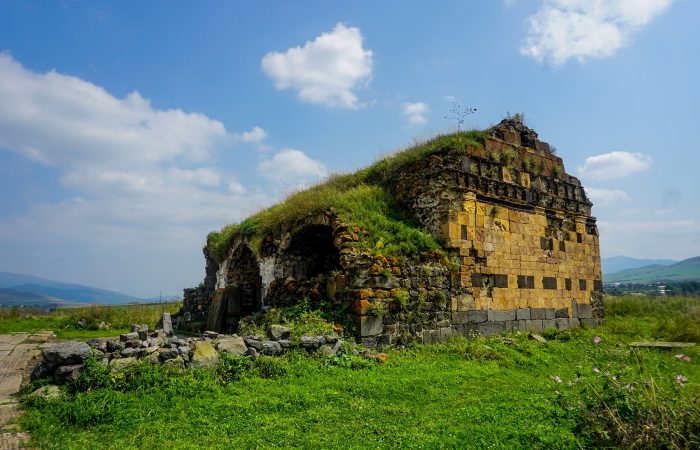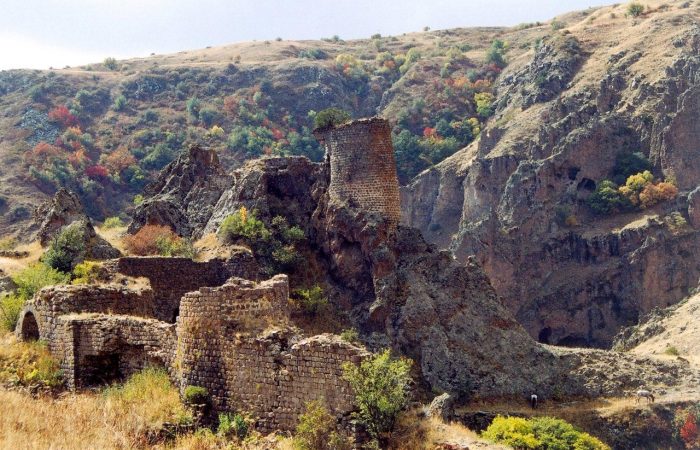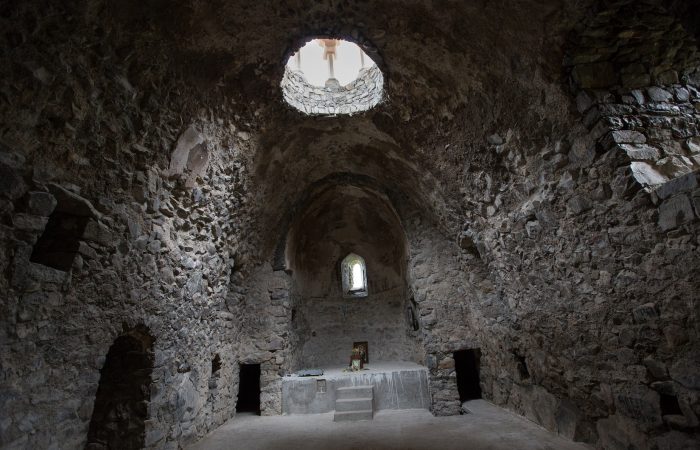Lchashen Settlement: General
Lchashen village is located in the Gegharkunik province of Armenia. It can be found on the Northern slope of the Geghama Mountains and has a higher location toward the surrounding. It will take around 1.5 hours to get to this village.
To the east of the village there is the settlement of Lchashen village, which is one of the most important monuments not only in Armenia but also in the territory of the Former Soviet Union.
LchashenSettlement: Ancient Necropolis
The ancient necropolis was discovered in 1950s when the water level of Lake Sevan dropped. On the southern end of the necropolis, on the hills there rises the cyclopic fortress of Lchashen as well as the remainders of the ancient city.
LchashenSettlement: Inhabitants
It would be simply impossible to make any conclusions regarding the inhabitants of Lchashen without a proper study of the things that had been found at the site. According to those studies, the settlement of Lchashen originated at the end of the 4th millennium BC. In the middle of the 3rd millennium BC it was converted into a fortress.
Excavations held at the site showed that the ancient settlement of Lchashen had a system of straight streets on two sides of which there were dwellings with round and square bases. As the findings suggest, the inhabitants of Lchashen were engaged in farming, cattle breeding, wood making, metallurgy, pottery making and so on.
Lchashen Settlement: Burial Ceremonies
The necropolis of the settlement includes 800 tombs. The burials performed in Lchashen were truly unique. It is explained by the fact that skeletons of horses and bulls that had been tethered to carts were found in the graves. Other than that, rather rich belongings were discovered next to the deceased. A funeral like that was beyond doubt performed for a rich person.
The rich and renowned were probably always buried in carts and in such a position as if they were traveling to the afterlife. Both two-wheel and four-wheel carts were uncovered. They were made of oak and elm trees and included inscriptions on them. Of all the similar carts found around the world these are one of the best.
The burial of horses with the dead is an important finding in regard to clarifying the development level of horse-breeding in Armenia and specifying their domestication issues.
Lchashen Settlement: Findings
Besides the two-wheel and four-wheel carts and chariots there were other valuable findings as well. Among them were the bronze statuettes of bulls, the gold-made frog and 25 other golden items, which were made in the middle of the 2nd millennium BC. In all likelihood, the gold was brought from Zod gold mine. Of interest are the colorful and decorated potteries of Lchashen that came to replace the simple and black potteries.
The wooden findings among them spoons, ladles, cups, buckets and tables are enough to draw conclusions regarding the routine of the Lchashen people.
And the last but not least important finding of the site is the inscription of great Urartian King Argishti I. The inscription mentions that Argishti I occupied the city of Ishtikuni. According to most researchers, Ishtikuni is the same Lchashen.
Lastly, the artifacts of the Lchashen Settlement can be seen in the History Museum of Armenia and the State Hermitage Museum in Saint Petersburg.






